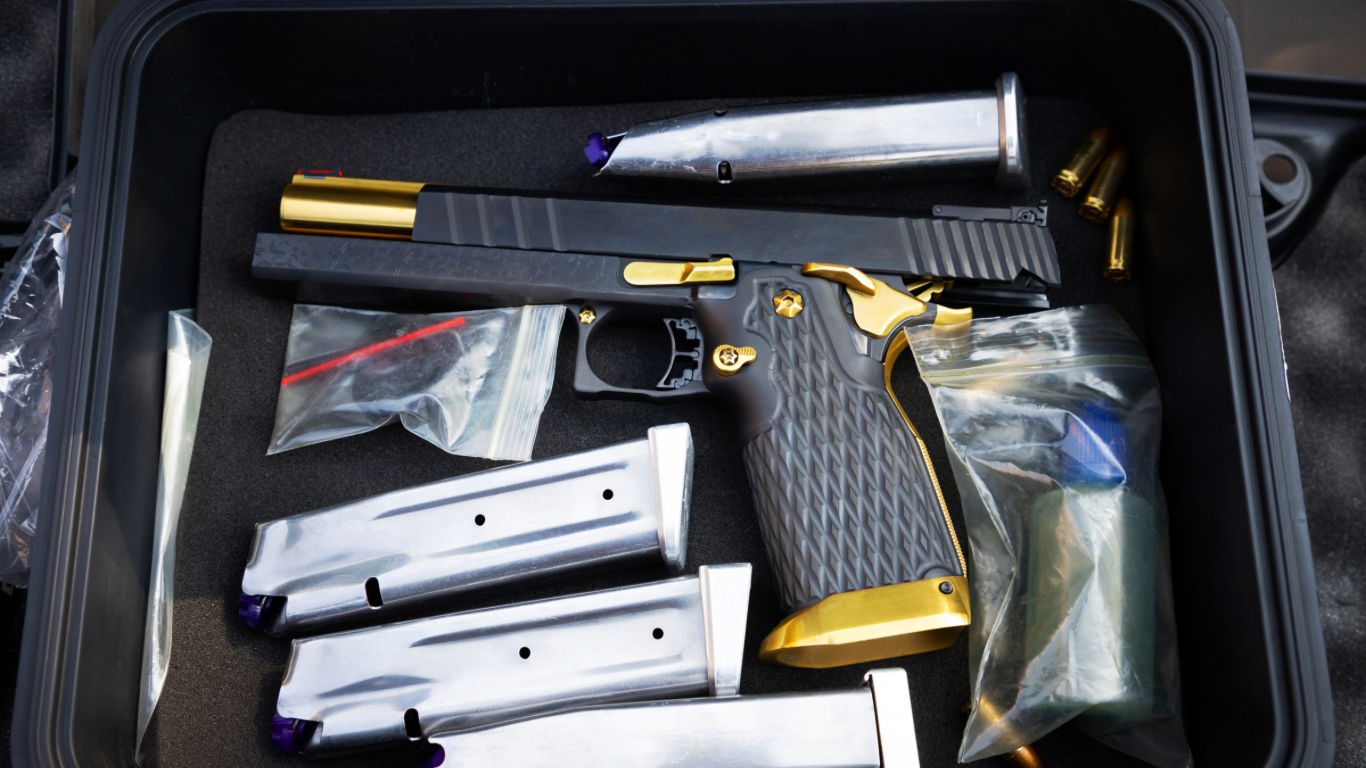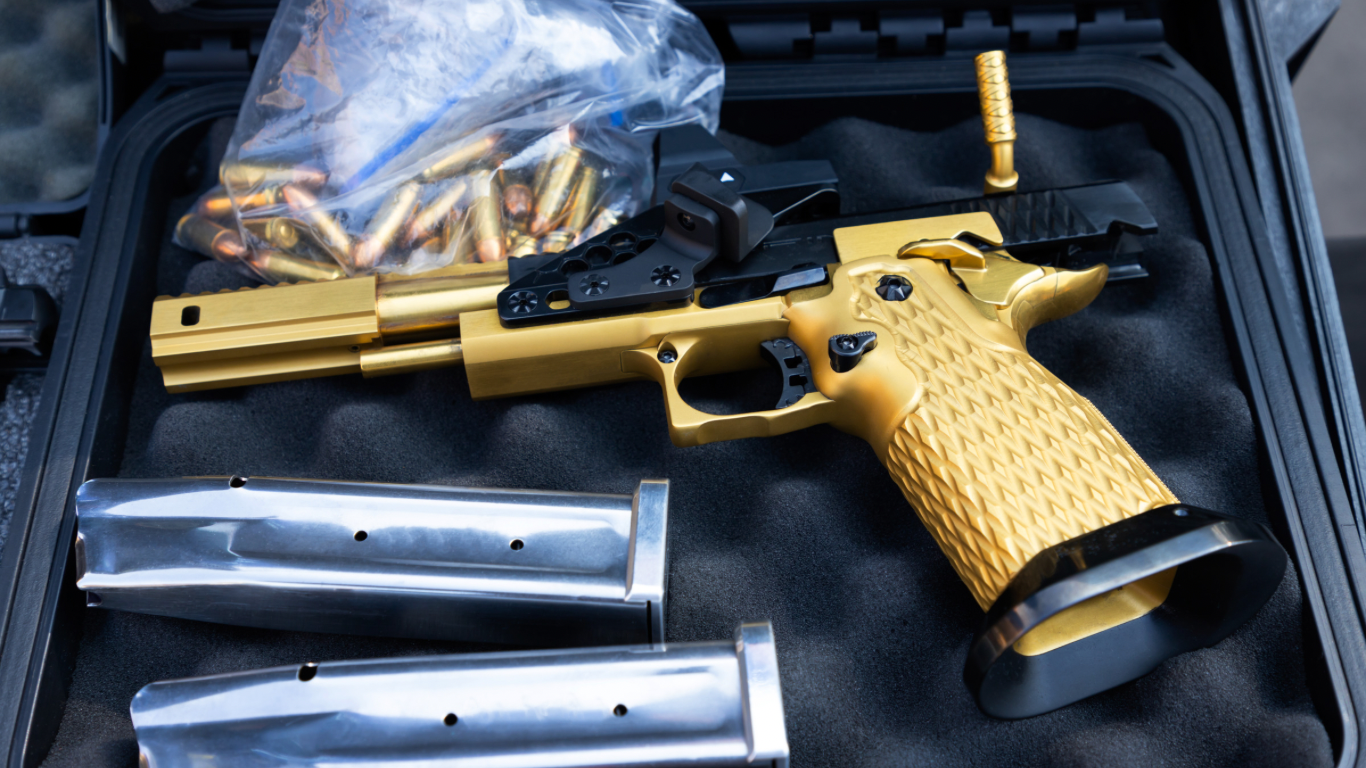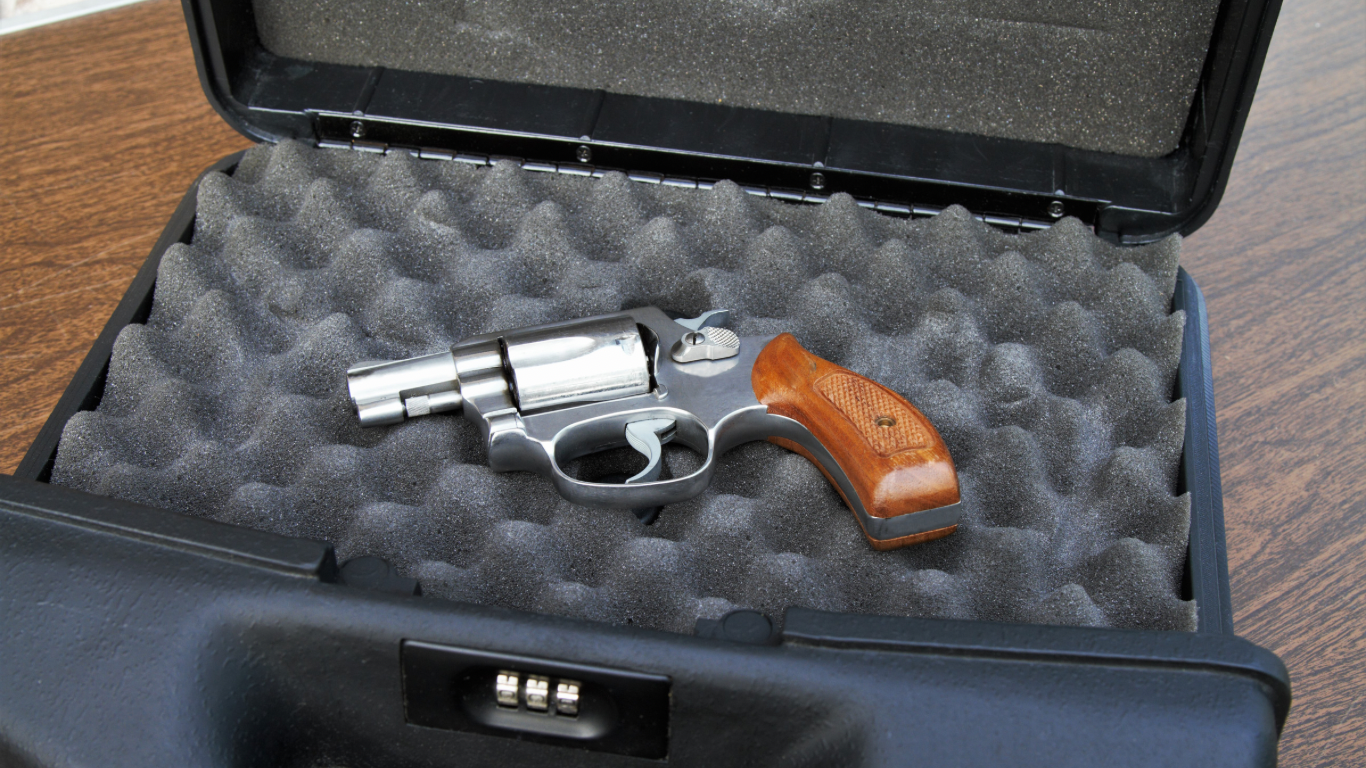For gun owners, transporting guns and ammunition securely and legally is essential. But the rules and regulations vary from state to state, and the documentation requirements can be a little bit overwhelming. In this blog post, we will outline the easy steps to legal gun and ammo transportation so you can avoid any legal problems and safely transport your firearms and ammunition.
Step 1: Check State and Federal Laws
Before transporting your guns and ammo, it is essential to check the state and federal laws. Laws related to gun transportation vary from state to state, and it’s crucial to get familiar with these laws before hitting the road. You should also be familiar with the federal laws related to gun ownership and transportation, including the Gun Control Act of 1968 and the Brady Handgun Violence Prevention Act.
Step 2: Get a Copy of Your Gun License
If you are planning to transport your firearms, make sure you have a copy of your gun license. Your gun license is a legal document that proves ownership and allows you to transport your firearms across state lines. If the state you are traveling to requires special permits, do your research to find out what special permits or registrations are needed before you can transport your guns legally.
Step 3: Keep Your Guns and Ammo Unloaded
When transporting guns and ammunition, it is important to keep them unloaded during the transportation process. A gun that is loaded and not secured properly can lead to dangerous consequences. Keeping your firearm unloaded while transporting it is essential to meeting legal requirements and promoting safety. This is particularly true when on the road, as a loaded firearm may inadvertently discharge.
Step 4: Invest in a Proper Firearm Case
Invest in a proper firearm case to secure your firearms and ammunition while you transport them. Make sure that the case you use is durable and secure for the firearms you’re transporting, keeping each firearm separate from the others and not subject to movement within the case. The safest firearm cases are hard cases, which protect guns from knocks and dents during transportation and ensure that they are not easily accessible to unauthorized people.
Step 5: Plan Your Route in Advance
It’s always a good idea to plan your route, particularly if you’re going to be traveling long distances. Planning your route out in advance can help you identify any gun-related state laws that should be considered before you start your journey. By doing this, you’ll be able to avoid any towns or states where gun transport laws may be more stringent or bureaucratic.
Conclusion
In conclusion, legal gun and ammo transportation is crucial for gun owners. When you take the time to research the laws and follow the guidelines for transporting your guns, you can avoid any legal issues that could arise. So, keep the above points in mind and make sure you are always prepared to transport your firearms in a safe, legal, and responsible manner. If you have any further questions regarding gun transportation, reach out to your local gun ownership authorities or firearms instructors.







